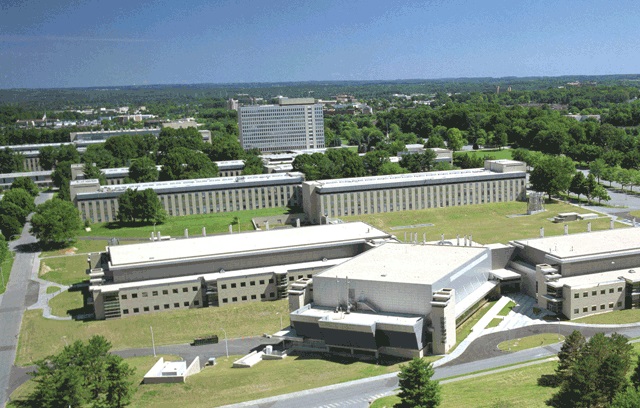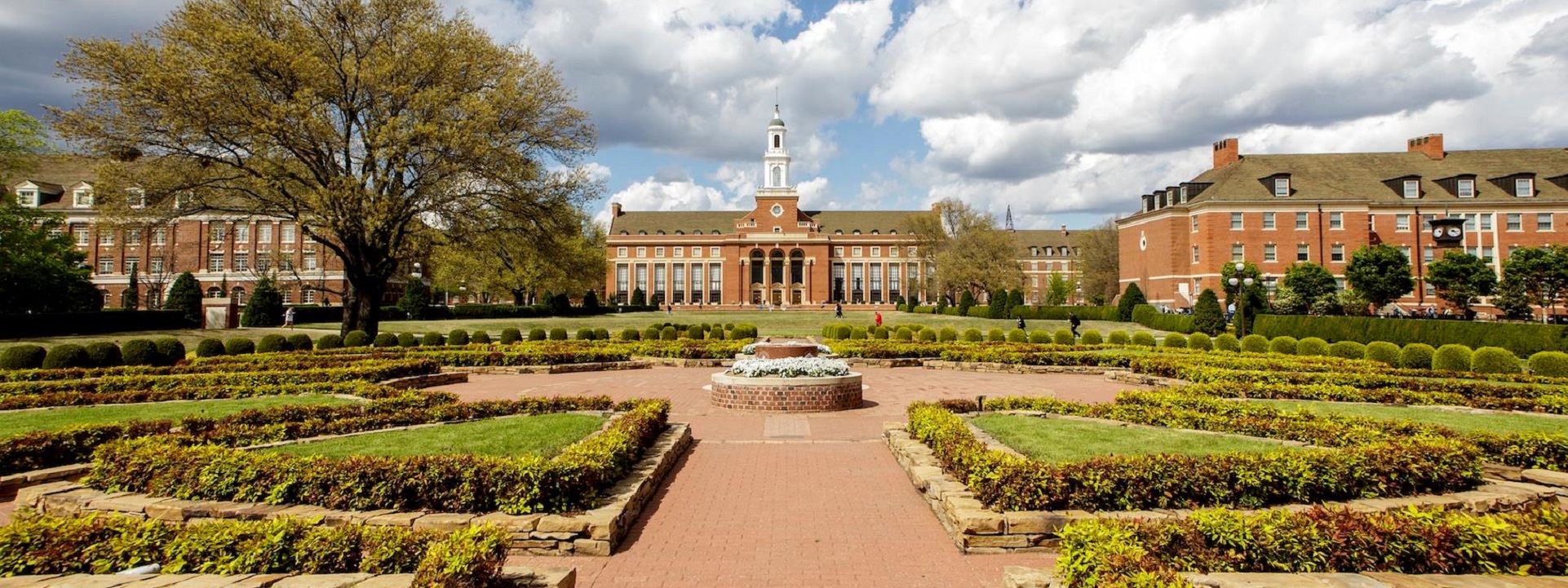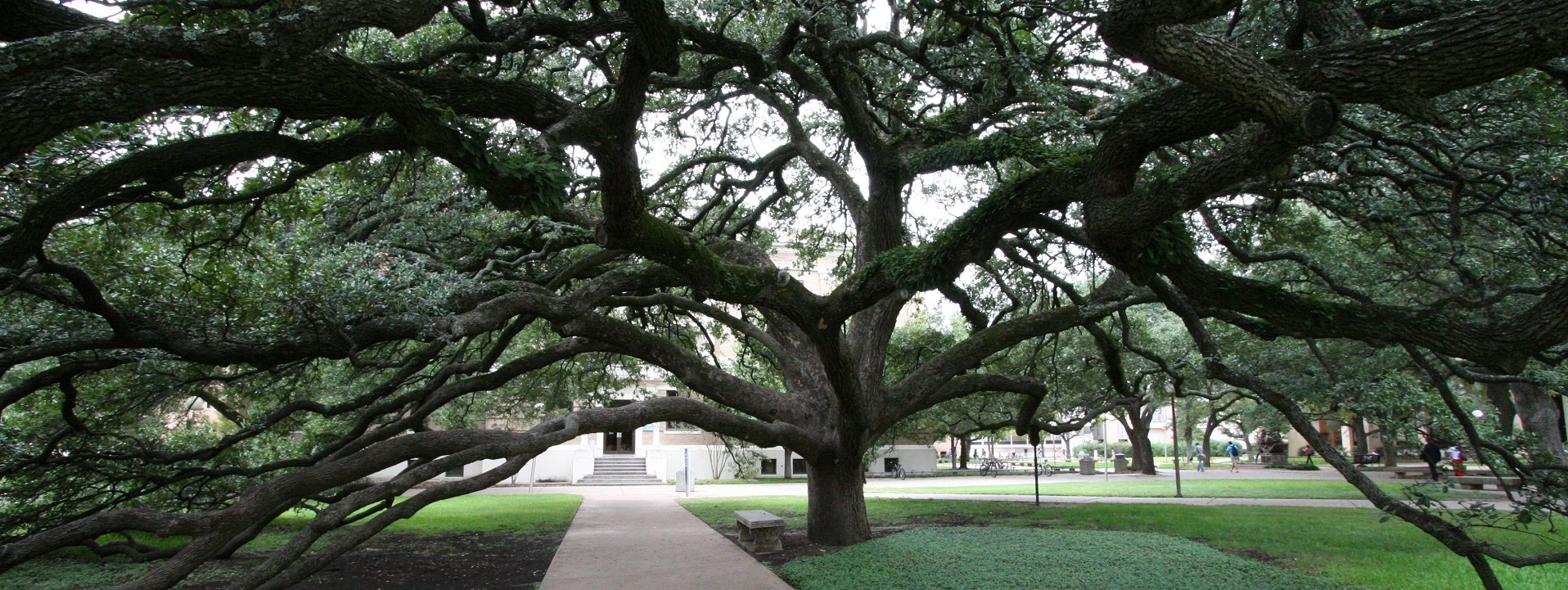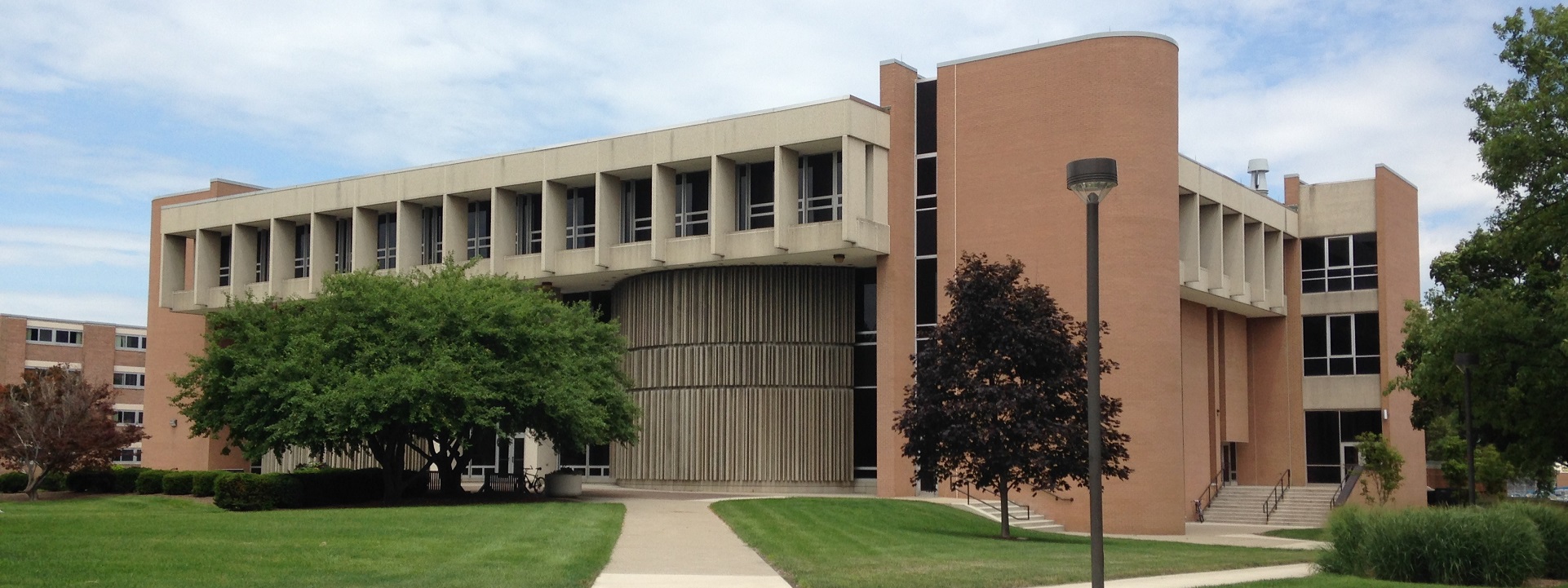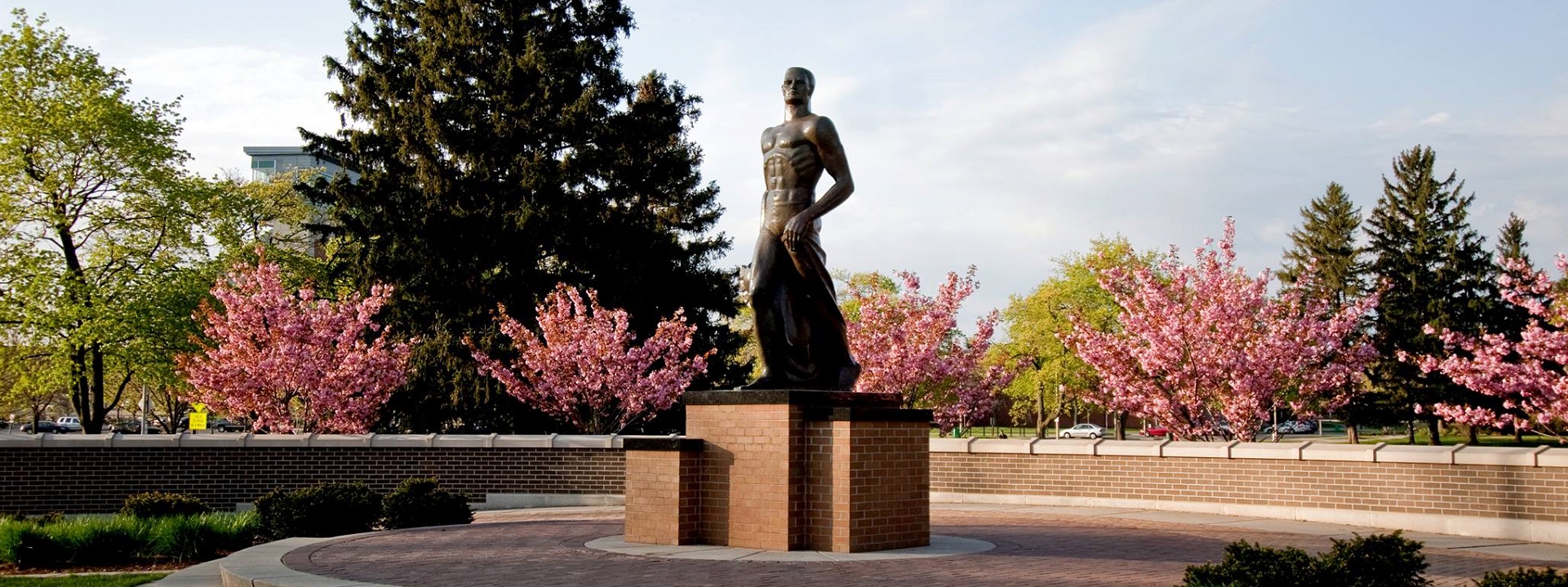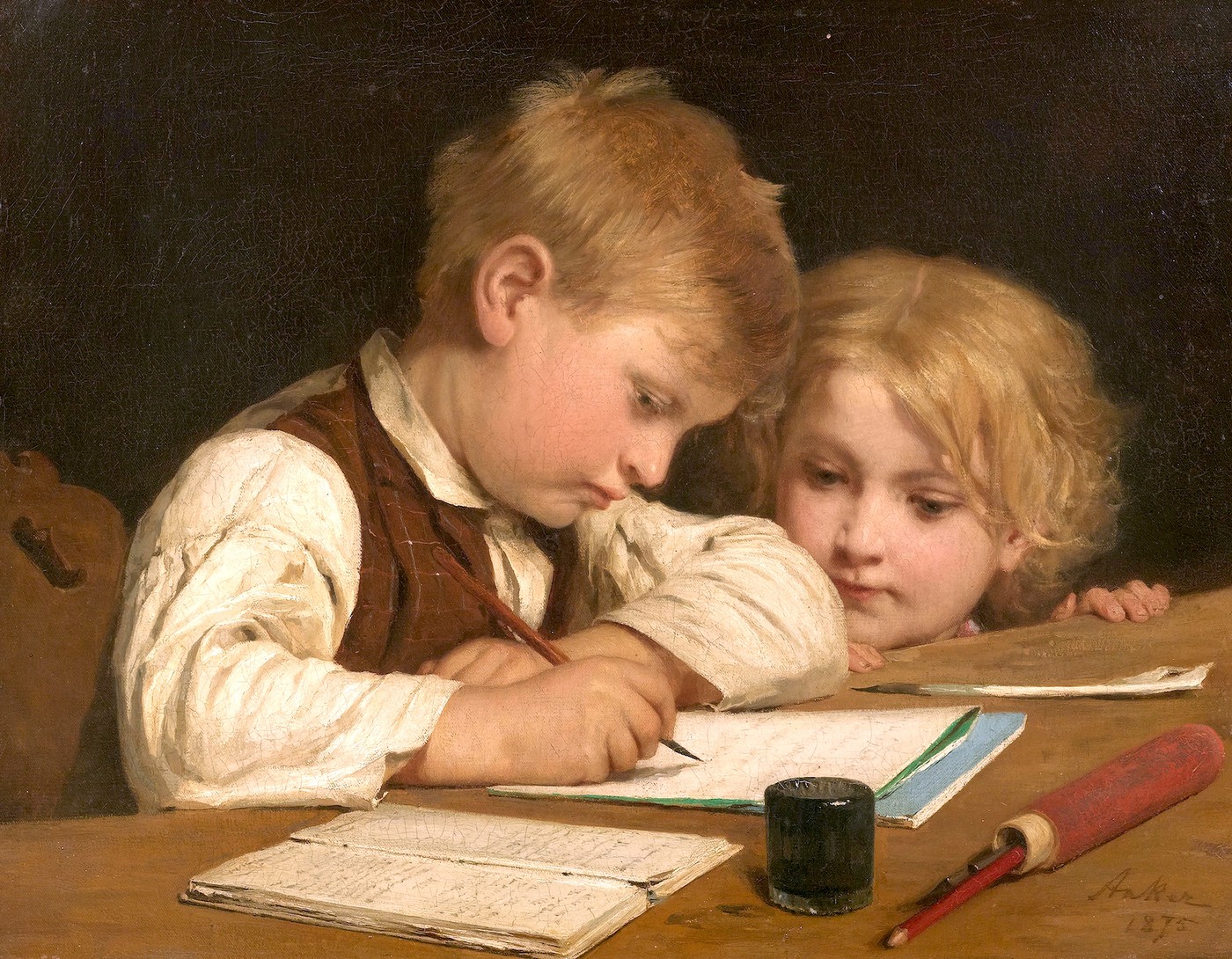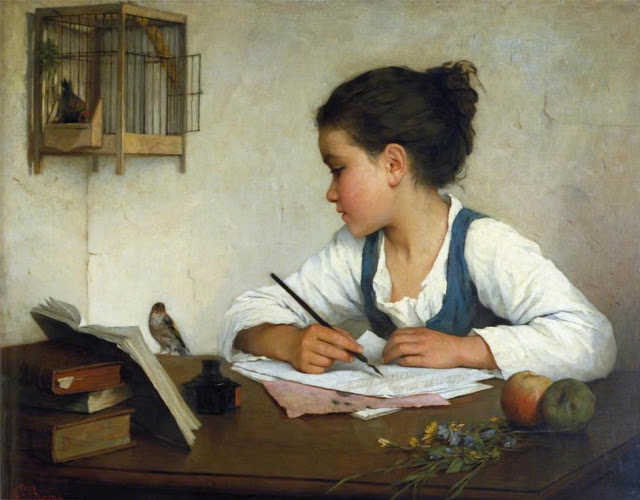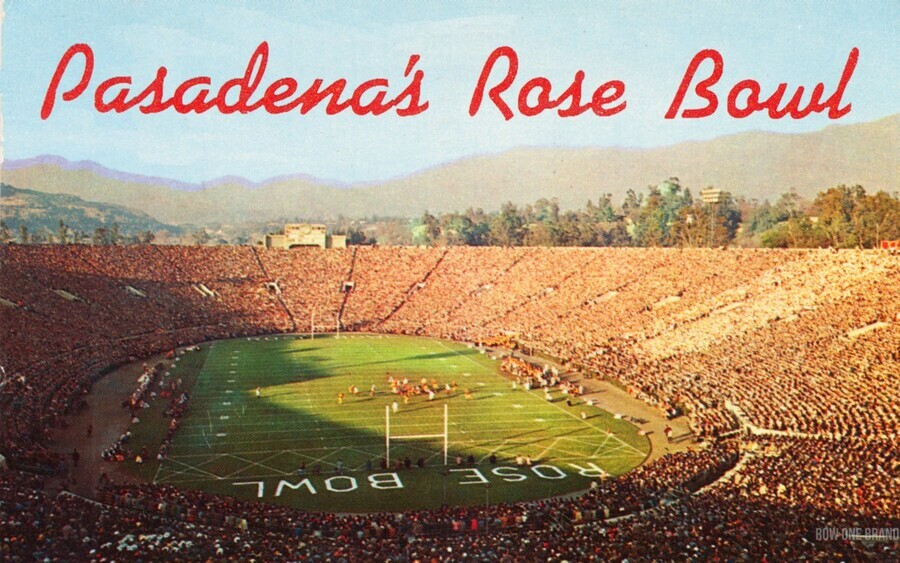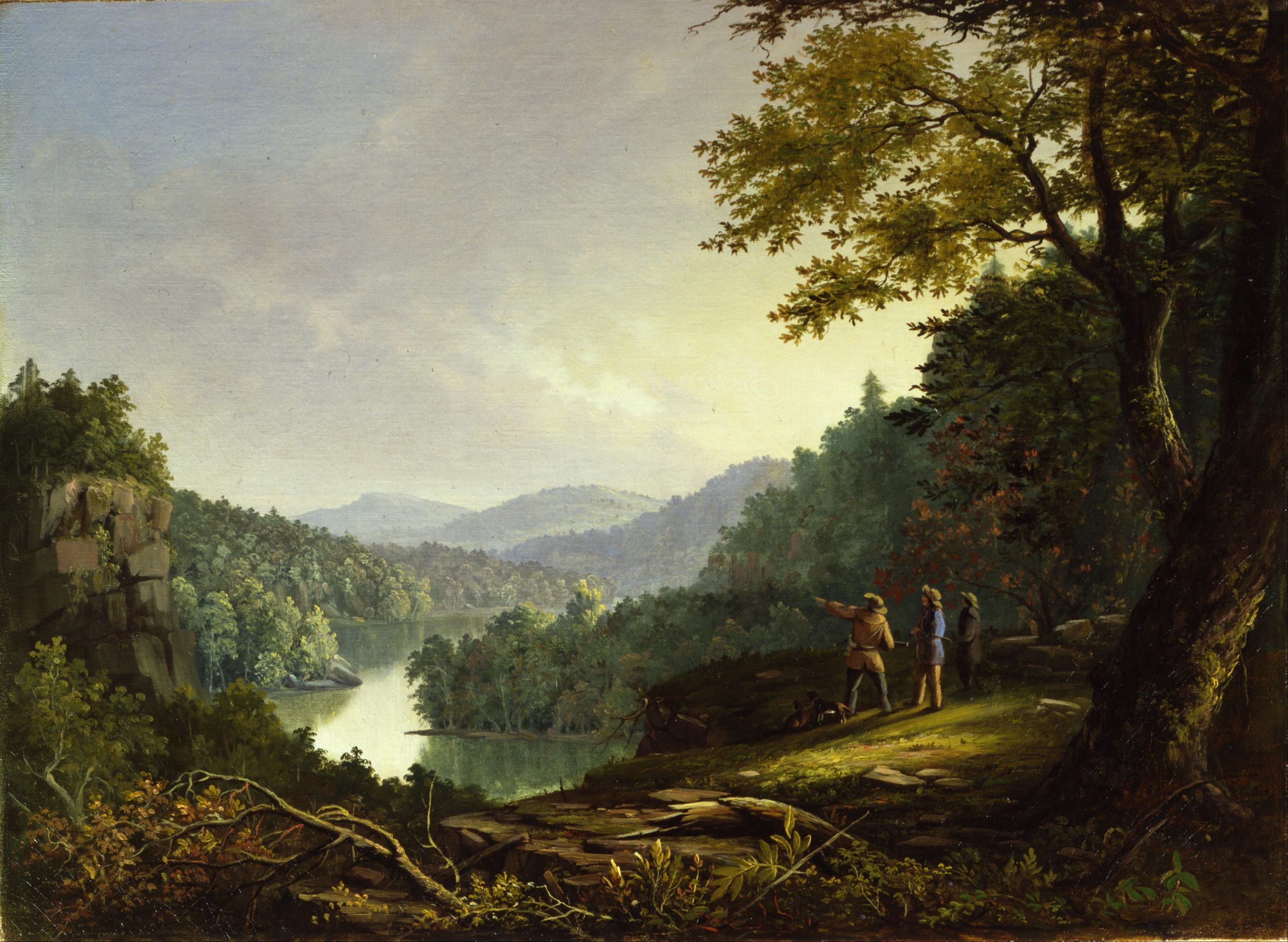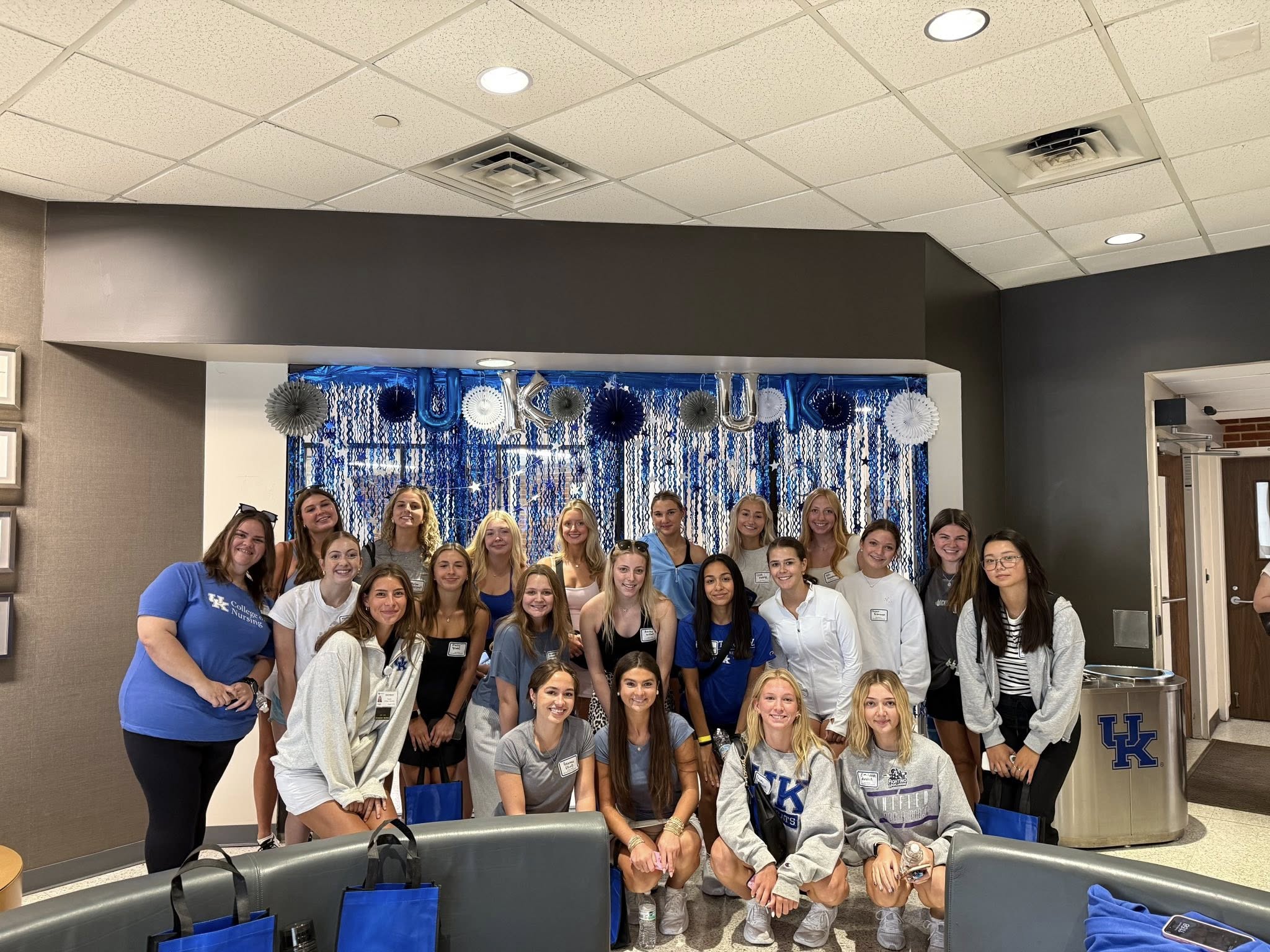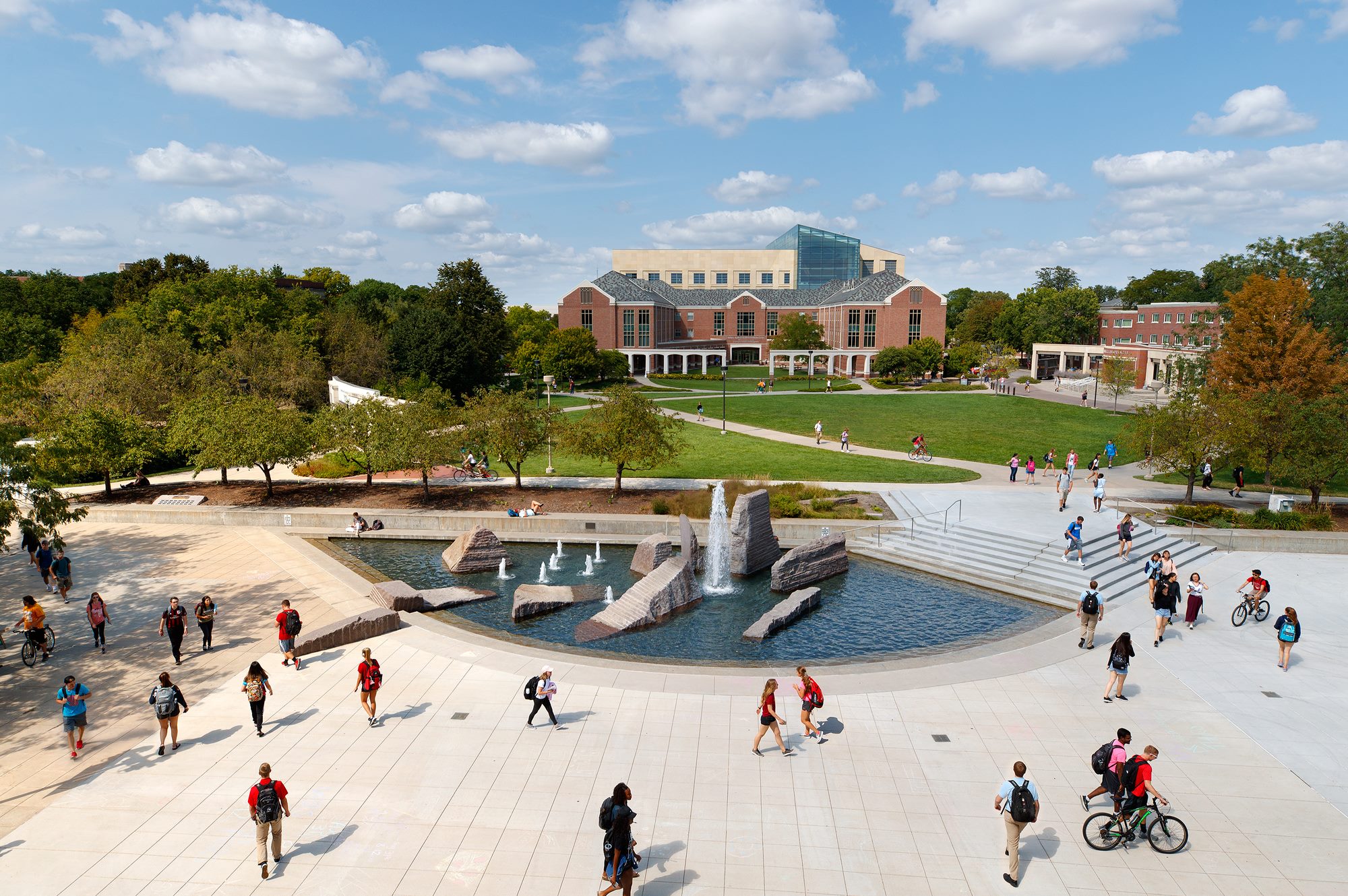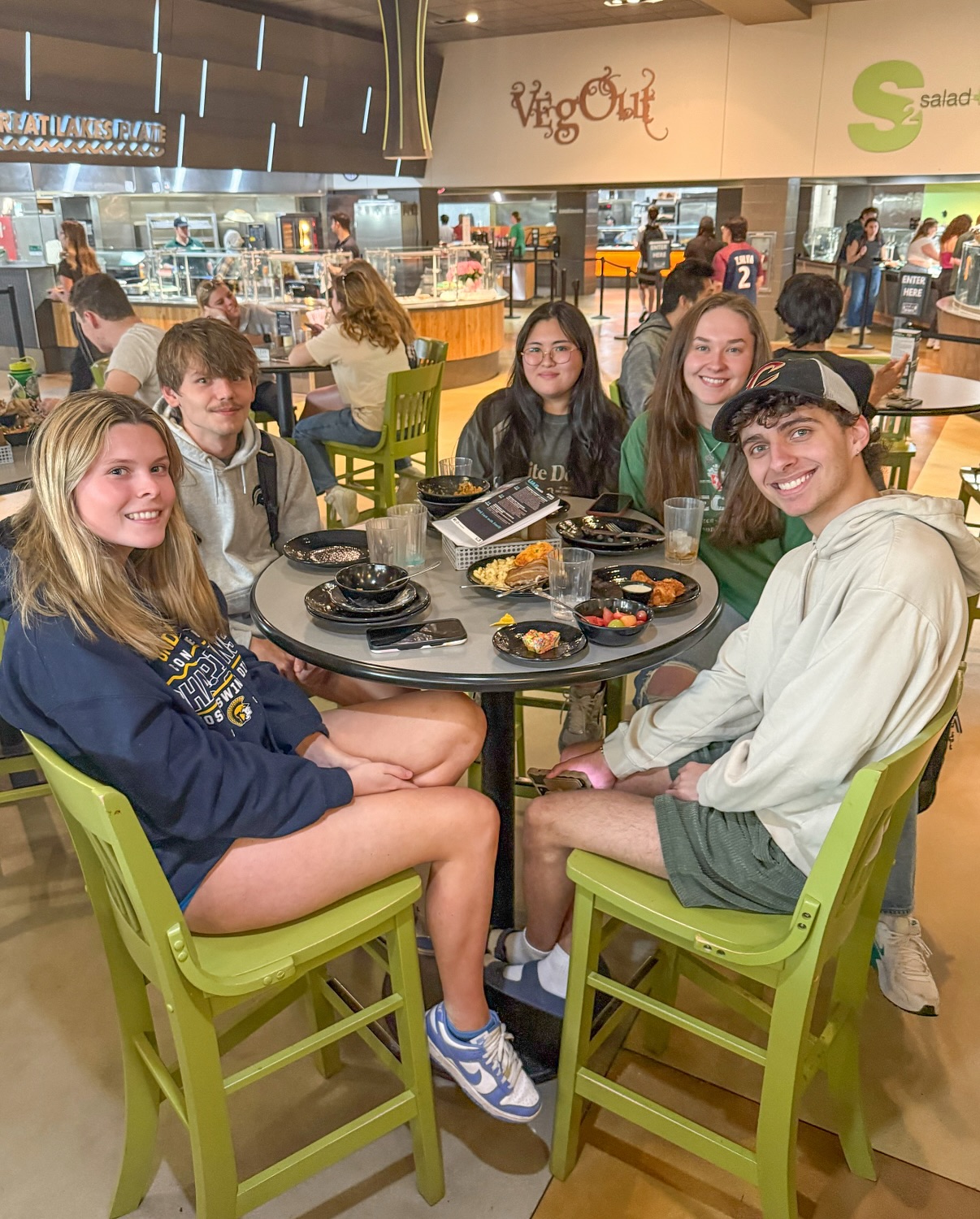NIST Standards Coordination Office Curricula Development Cooperative Agreement Program.
How to Apply | Awardees 2012-2025 | News Items
NIST continues its Standards Curriculum program through the Standards Coordination Office Curricula Development Cooperative Agreement Program (SCO CD CAP), formerly known as the Standards Services Curricula Development Cooperative Agreement Program. This ongoing initiative, started in 2012 (initially as Education Challenge Grants), funds U.S. colleges and universities to develop and integrate undergraduate and/or graduate-level curricula on documentary standards, standards development, and standardization into courses, modules, seminars, and learning resources. The University of Michigan is a past recipient of a standards education award through this program.
The most recent funding round was for Fiscal Year 2025 (FY25):
- The Notice of Federal Funding Opportunity (NOFO) was released on January 14, 2025.
- Applications were due by April 14, 2025.
- NIST anticipated awarding up to 8 grants, each up to $100,000, with project periods of up to 3 years (potentially extending into 2027–2028).
Projects funded under FY25 involve curriculum development and implementation that may continue into 2026 and beyond, including required workshops.
As of early 2026, no new Notice of Federal Funding Opportunity (NOFO) has been announced for FY2026. The program has historically issued funding rounds annually or near-annually, with recent awards in prior years (e.g., 2024 awards totaling over $1.1 million to 8 universities). However, due to proposed budget reductions for NIST in FY2026, future rounds may be impacted or delayed.
2024 Update: NIST Awards Funding to 8 Universities to Advance Standards Education
The Standards Coordination Office of the National Institute of Standards and Technology conducts standards-related programs, and provides knowledge and services that strengthen the U.S. economy and improve the quality of life. Its goal is to equip U.S. industry with the standards-related tools and information necessary to effectively compete in the global marketplace.
Every year it awards grants to colleges and universities through its Standards Services Curricula Cooperative Agreement Program to provide financial assistance to support curriculum development for the undergraduate and/or graduate level. These cooperative agreements support the integration of standards and standardization information and content into seminars, courses, and learning resources. The recipients will work with NIST to strengthen education and learning about standards and standardization.
The 2019 grant cycle will require application submissions before April 30, 2019 (contingent upon normal operation of the Department of Commerce). Specifics about the deadline will be posted on the NIST and ANSI websites. We will pass on those specifics as soon as they are known.
The winners of the 2018 grant cycle are Bowling Green State University, Michigan State University, Oklahoma State University, and Texas A&M University. (Click here)
The University of Michigan received an award during last year’s grant cycle (2017). An overview of the curriculum — human factors in automotive standards — is linked below:
NIST Standards Curricula INTRO Presentation _ University of Michigan Paul Green
Information about applying for the next grant cycle is available at this link (Click here) and also by communicating with Ms. Mary Jo DiBernardo (301-975-5503; maryjo.dibernardo@nist.gov)
LEARN MORE:
Click here for link to the previous year announcement.



